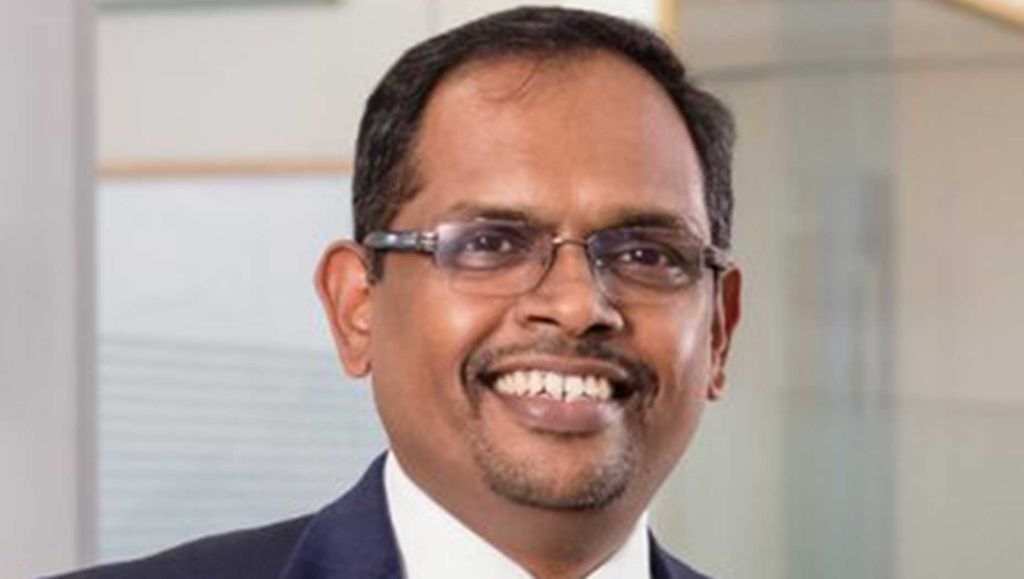Time to get moving on public transport


India’s growth story seems irreversible. A hundred smart cities are in various stages of development. But the development of public transport has not kept pace with the demands of a vibrant economy and the expectations of an increasingly aware citizenry. Mobility is still largely a personal prerogative for want of credible alternatives. Increased road congestion, pollution and risk to personal safety are natural fallouts.
This is untenable. Our cities need sustainable public transport that is integrated, flexible, reliable, safe and inclusive. How do we get there?
First, public transport - whether buses, metros or cabs - must become a desirable alternative to personal modes of transport in terms of comfort, safety and reliability. All cars are air-conditioned, and there is no reason for public transport not to be.
Second, commuters must have access to the full spectrum of public transport through a single Smart Card. This implies that diverse modes are integrated through a Unified Metropolitan Transit Authority (UMTA) that regulates permits, fares, performance and public-private partnerships.
The need for an UMTA to play a harmonising role in fostering sustainable mobility is only likely to grow. The last few years have thrown up a wild card: cab and bus aggregators. A study conducted by Morgan Stanley projects shared miles to reach 35 per cent of all miles travelled in India. According tothe report, 257 billion miles were driven in 2017; of that, 10 per cent was shared. The jury is still out on whether their services are replacing trips by personal modes of transport or rather those on public transport.
The regulator must also be empowered to modulate congestion and parking charges to ensure that public transport has the right of way. Quality data is essential to optimise performance and potentially drive revenue generation. Finance is the nerve centre.
According to estimates by ICRA in 2016,100 of the largest Indian cities require approximately $15.4 billion to procure 1,50,000 new buses and upgrade ancillary transport infrastructure. Provision of infrastructure status to public transport, bidding out public transport projects as part of comprehensive area development projects, creation of an urban transport fund, rationalisation of taxation and commercialisation of land and assets are some of the ways to address the finance needs.
We will continue to see a welcome infusion of technology in the domains of safety, connectivity, e-mobility and alternative fuels. But while this transformation plays out, we must continue to address the mobility challenge at a fundamental level by prioritising public transport.
A successful journey is the destination!